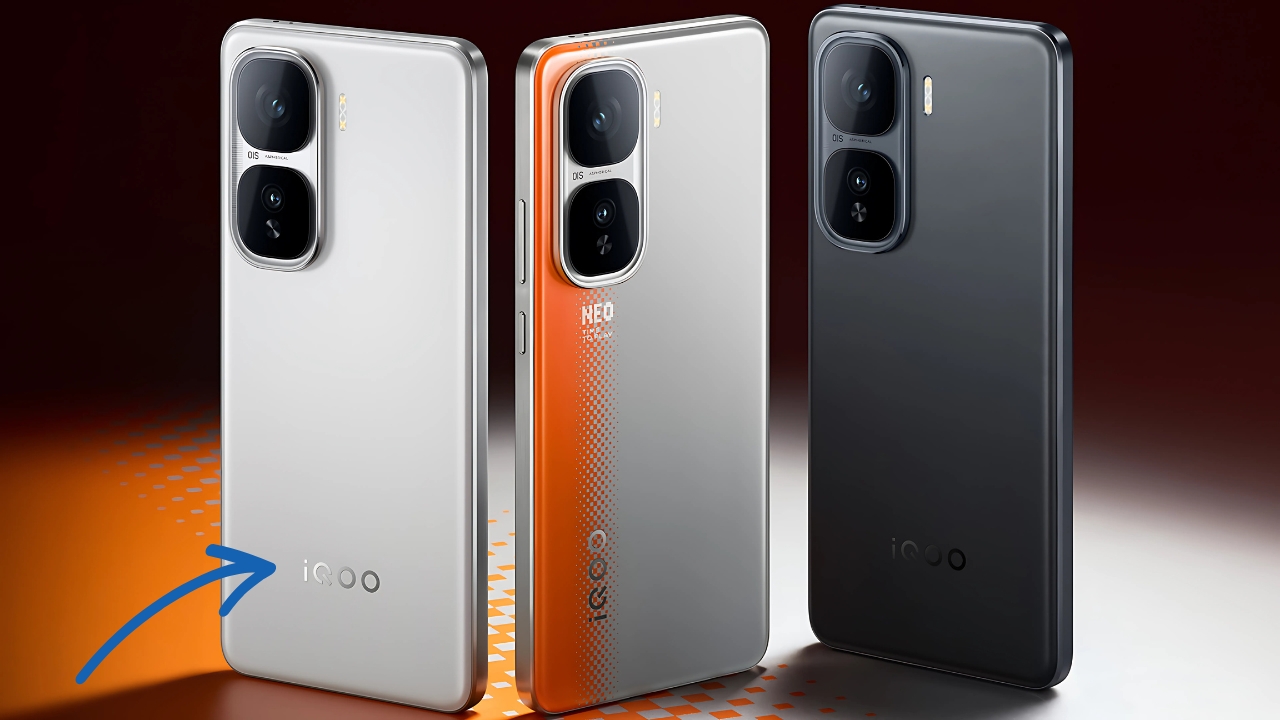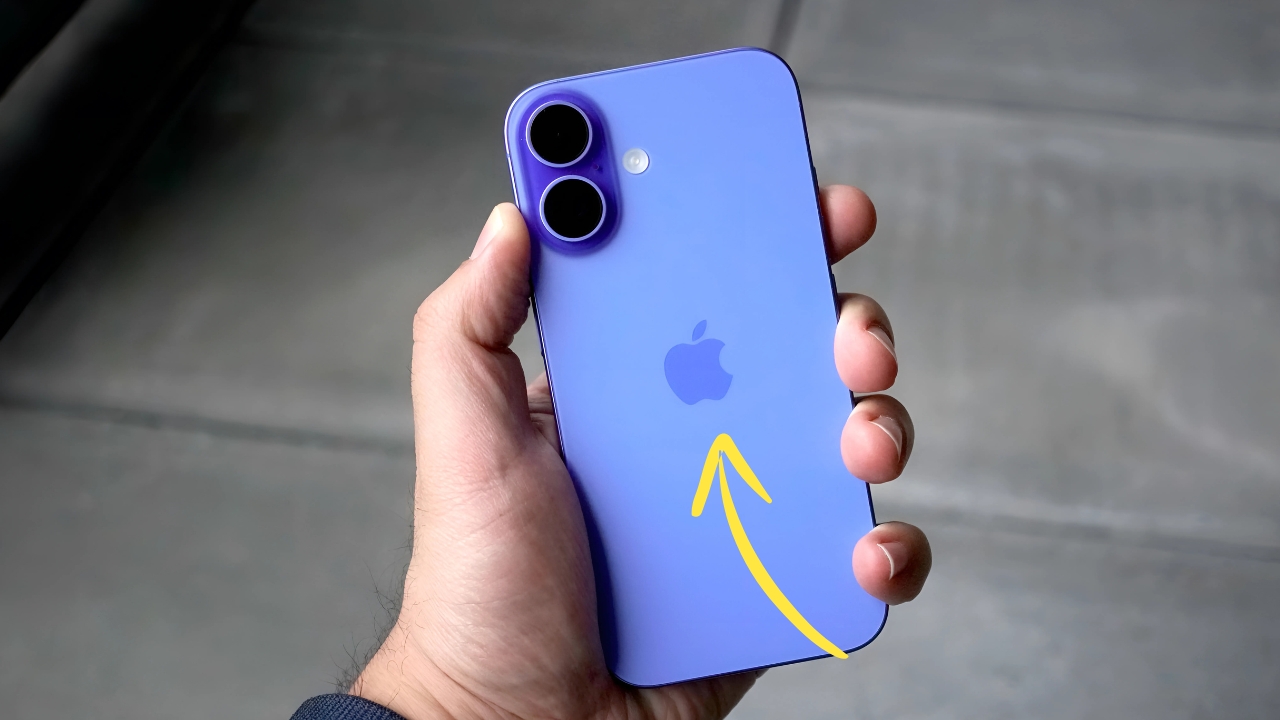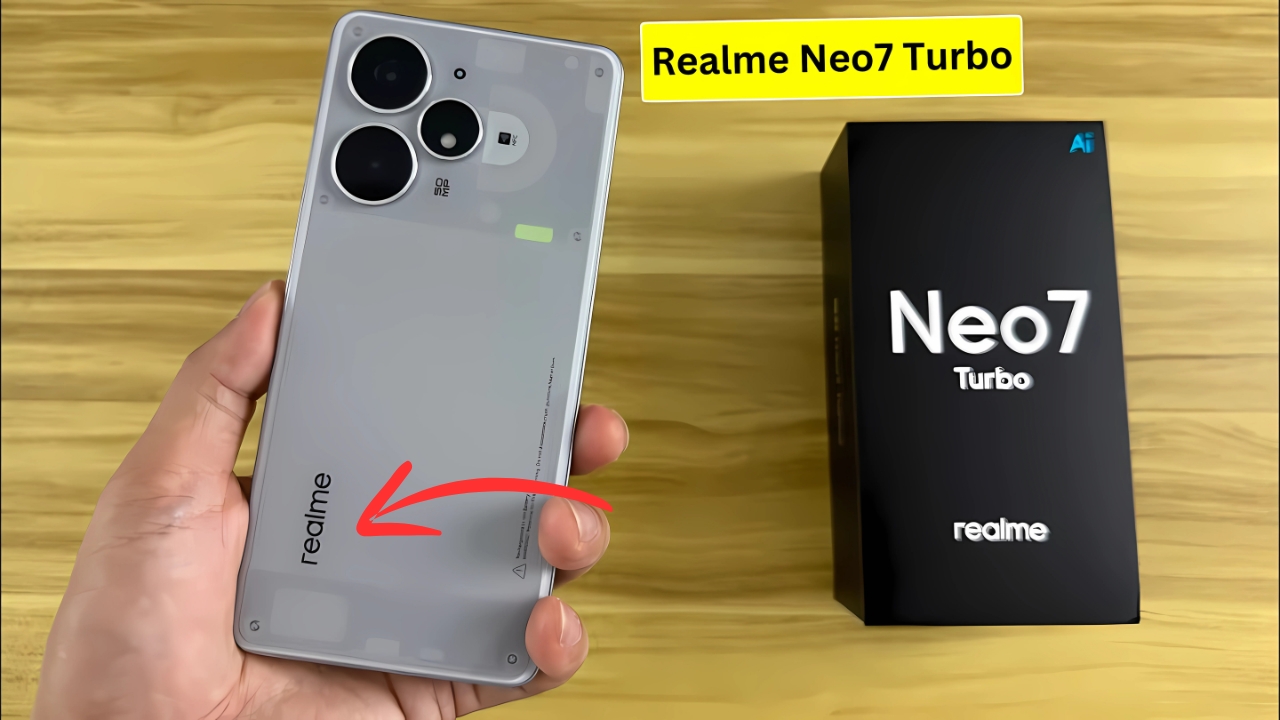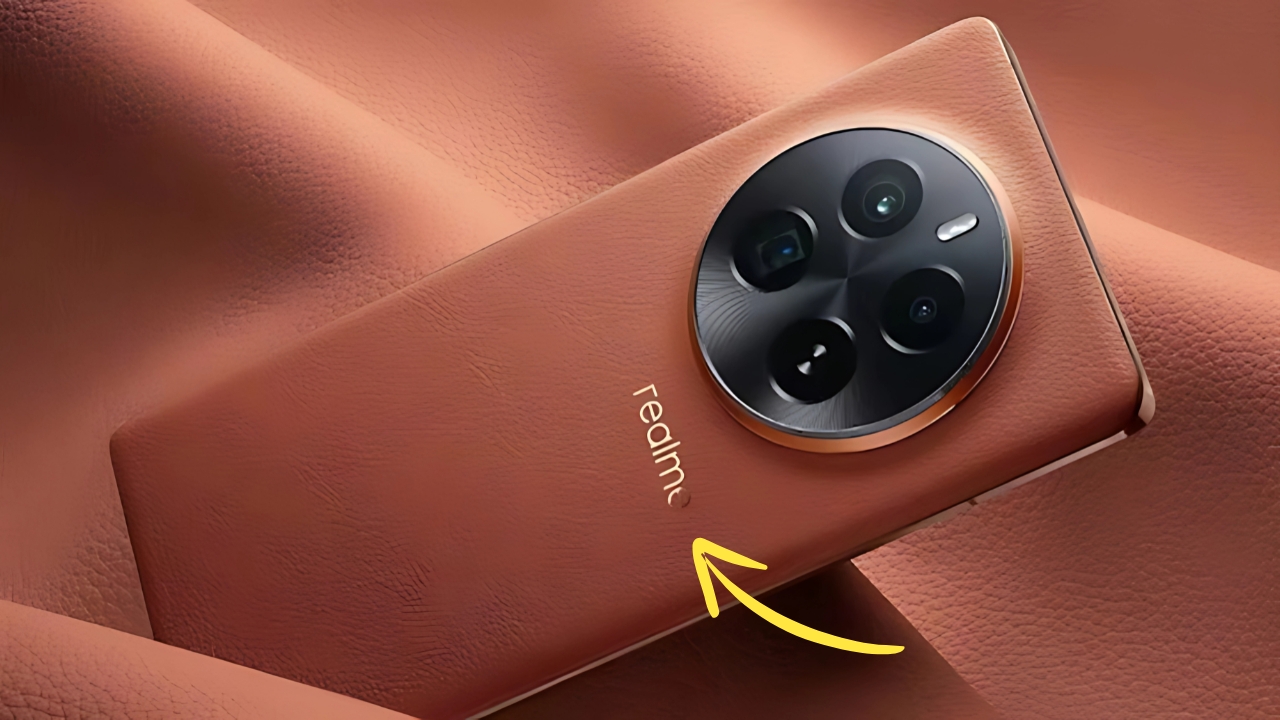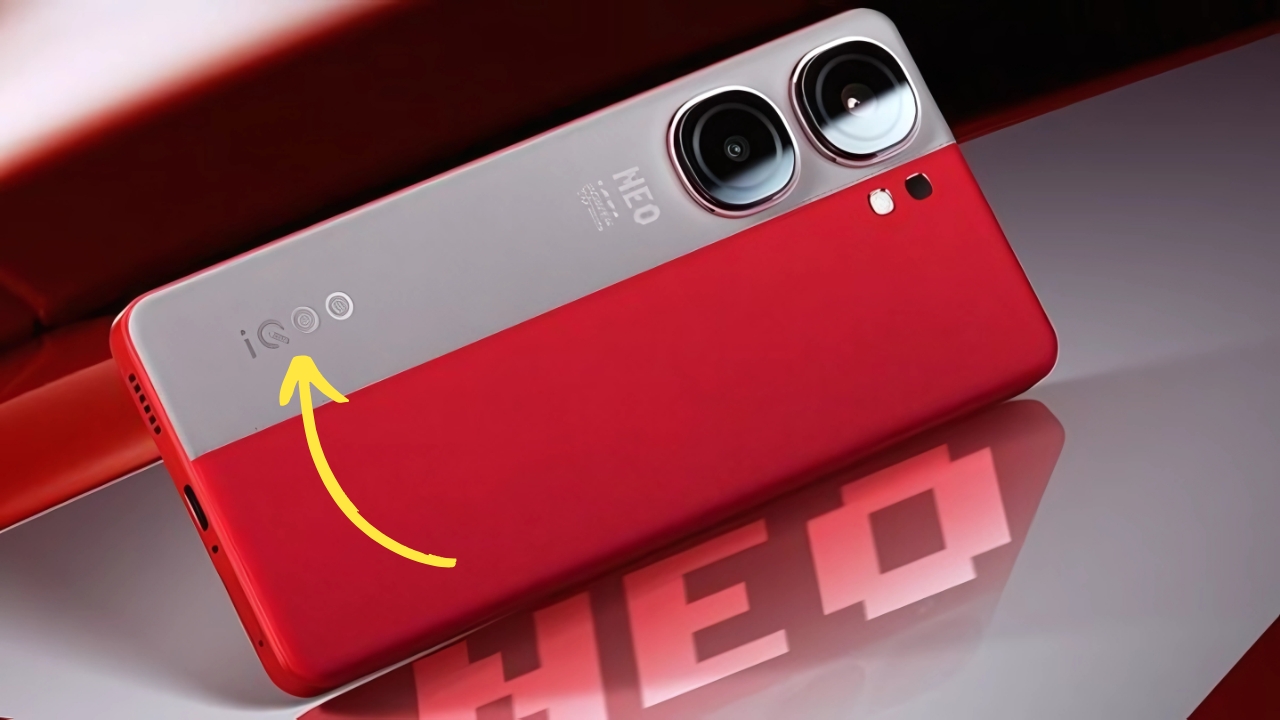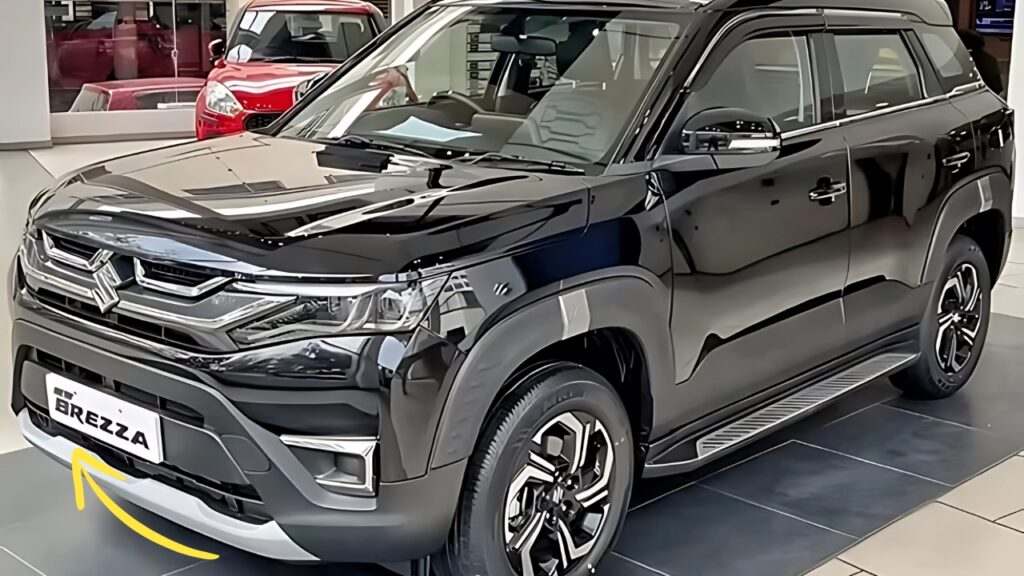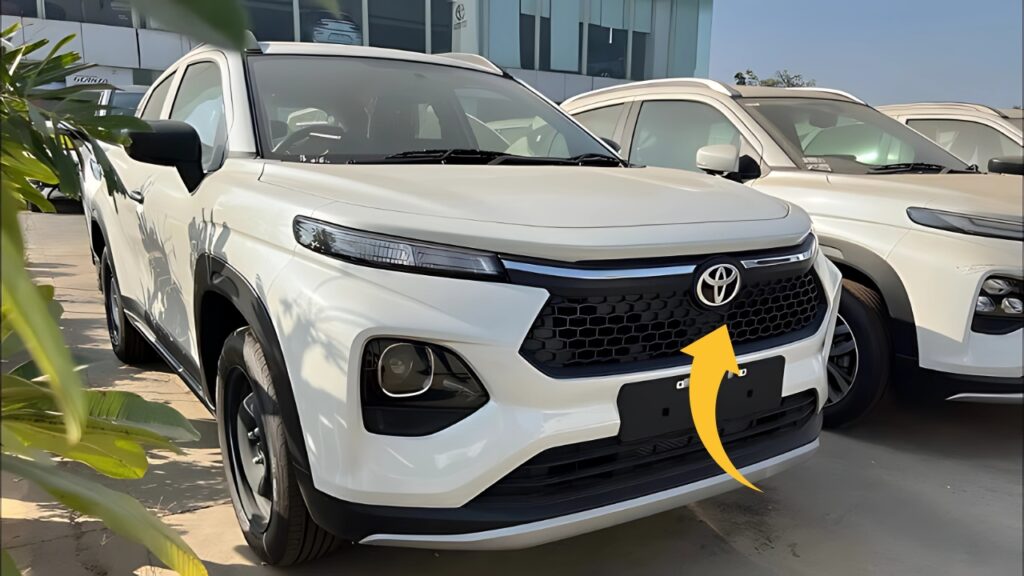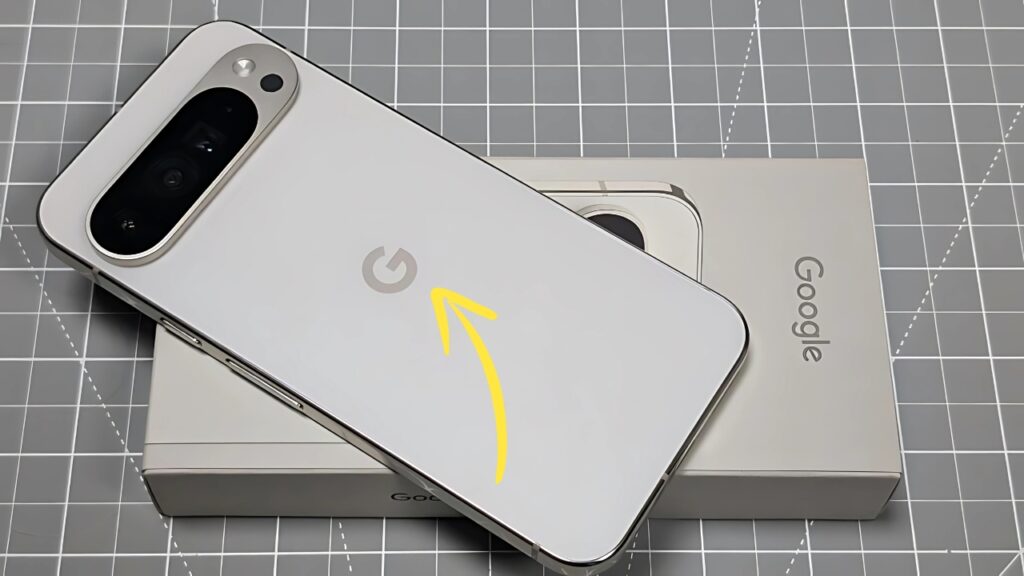iQOO Neo 10: In the increasingly crowded mid-premium smartphone segment, finding a device that truly stands out requires more than just impressive specifications on paper.
The iQOO Neo 10 represents the latest iteration in Vivo’s performance-oriented sub-brand lineup, promising to deliver flagship-level experiences at a more accessible price point.
After spending three weeks with this device as my primary driver—pushing it through intensive gaming sessions, photography expeditions, and daily productivity tasks—I’ve developed nuanced insights into its real-world capabilities that go beyond marketing claims and technical specifications.
iQOO Neo 10: Design: Purposeful Aesthetics with Gaming DNA
The iQOO Neo 10 makes no attempt to hide its gaming-focused heritage, embracing design elements that signal performance without veering into the ostentatious territory occupied by some dedicated gaming phones.
My review unit came in the “Track Blue” colorway, featuring a two-tone design with a matte finish on the upper two-thirds that transitions into a glossier lower section with subtle racing stripe elements.
This aesthetic choice not only looks distinctive but serves the practical purpose of reducing fingerprint visibility on the most-handled portions of the back panel.
The frame adopts a flat-sided design reminiscent of recent iPhones, though with slightly more rounded corners that improve ergonomics during extended use.
At 8.2mm thick and weighing 196 grams, the Neo 10 strikes a reasonable balance between substantial feel and manageable weight.
The weight distribution deserves specific praise—unlike some devices that feel top-heavy due to camera modules, the Neo 10 feels balanced in hand, reducing fatigue during longer usage sessions.
Button placement follows conventional wisdom with the power button and volume rocker on the right edge, positioned perfectly for thumb access.
The power button incorporates the fingerprint scanner, which proved consistently reliable during my testing period, recognizing my thumb about 95% of the time even with slightly damp fingers.
The tactile feedback from these buttons deserves mention—they provide a satisfying click without excessive travel or mushiness.
Perhaps most interesting is the addition of pressure-sensitive gaming triggers built into the frame, similar to those found on higher-end gaming phones.
These capacitive areas on the right side (when held horizontally) can be mapped to on-screen controls in compatible games, effectively providing shoulder buttons for titles like PUBG Mobile and Call of Duty Mobile.
During intense gaming sessions, I found these triggers significantly improved control precision compared to on-screen alternatives.
The front of the device features a flat display with symmetrical bezels—a design choice that enhances immersion during media consumption and gaming by eliminating the distraction of uneven borders.
The centered hole-punch camera cutout remains unobtrusive during most activities, quickly fading from awareness during regular use.
Display: Balancing Performance and Efficiency
The Neo 10 features a 6.78-inch AMOLED display with 1.5K resolution (2800 × 1260 pixels), striking a thoughtful balance between the battery-hungry Quad HD+ panels and the increasingly dated-feeling Full HD+ options.
This resolution sweet spot provides excellent clarity for text and images while maintaining reasonable power efficiency.
Color reproduction impresses with 100% coverage of the DCI-P3 color gamut and factory calibration that delivers Delta E values below 1 in the “Professional” display mode.
For those preferring more vibrant visuals, the “Vivid” mode boosts saturation without venturing into the cartoonish territory sometimes seen in less refined implementations.
The ability to customize color temperature adds another layer of personalization that I appreciated during nighttime reading sessions.
The 144Hz refresh rate provides exceptionally smooth scrolling and animations, with an intelligent variable refresh system that can drop to 60Hz, 90Hz, or 120Hz depending on content to balance fluidity and power consumption.
During gaming, the display can maintain the full 144Hz in supported titles, creating a competitive advantage in fast-paced games where reaction time is critical.
Brightness capabilities stand out as particularly noteworthy. The standard brightness reaches 500 nits—comfortable for indoor use—while the high brightness mode pushes this to 1,800 nits for sunlight legibility.
During my testing period, which included outdoor photography sessions on bright days, the screen remained perfectly viewable even under direct sunlight.
HDR10+ and Dolby Vision support enhance compatible streaming content with improved dynamic range, making platforms like Netflix and Disney+ particularly enjoyable.
The difference is most noticeable in darker scenes, where the Neo 10 preserves shadow detail that would be lost on lesser displays.
A 360Hz touch sampling rate complements the high refresh rate, providing responsive input recognition crucial for competitive gaming. This responsiveness extends to everyday tasks, making the entire interface feel snappy and immediate.
Performance: Hardware Engineered for Speed
Under the hood, the iQOO Neo 10 is powered by the Qualcomm Snapdragon 8s Gen 3 chipset—a slightly downtuned version of the flagship 8 Gen 3 that strikes an excellent balance between performance and efficiency.
This is paired with LPDDR5X RAM (8/12/16GB configurations) and UFS 4.0 storage (256/512GB options), creating a hardware foundation optimized for speed.
What differentiates the Neo 10 from similarly-specced competitors is iQOO’s custom cooling system, which they’ve dubbed “Ultra Cooling Vapor Chamber.”
This multi-layer solution includes a vapor chamber, graphite sheets, and copper alloy heat dissipation structures that work together to maintain performance during extended high-load scenarios.
The effectiveness of this cooling solution became apparent during my gaming sessions. Playing Genshin Impact at high settings for 30 minutes, the phone remained noticeably cooler than other devices with similar specifications I’ve tested.
More importantly, frame rates stayed consistent throughout, without the performance degradation often seen as devices heat up and throttle their processors.
Benchmark results confirm these subjective impressions:
AnTuTu: Approximately 1.3 million points
Geekbench 6: Around 1,750 (single-core) and 4,900 (multi-core)
3DMark Wild Life Extreme: About 2,700 points
While these numbers fall slightly short of flagships using the full Snapdragon 8 Gen 3, they represent excellent value in this price segment and translate to real-world performance that rarely leaves you wanting more.
Daily tasks like social media browsing, messaging, and productivity applications run flawlessly, with apps launching almost instantaneously and multitasking feeling seamless even with numerous applications open.
The 12GB RAM configuration of my review unit handled memory management impressively, rarely needing to reload apps even when switching between memory-intensive applications like games and the camera.
The gaming experience deserves specific mention, as this is clearly an area of focus for iQOO. Beyond raw processing power and the cooling system, the Neo 10 includes software optimizations like “Eagle Engine” that prioritizes system resources for games and reduces background processes.
Features like frame rate interpolation can even make 60fps games feel smoother, though this introduces some input lag that competitive players might want to disable.
Camera System: Surprising Capability
Camera performance has historically been a secondary consideration for performance-focused devices, but the iQOO Neo 10 defies this trend with a surprisingly capable imaging system.
The primary camera features a 50MP Sony IMX921 sensor with optical image stabilization (OIS), paired with an f/1.88 aperture lens.
This combination delivers impressive results in various lighting conditions, with excellent detail preservation and dynamic range in daylight scenarios.
The OIS proves particularly valuable in lower light, allowing for longer exposure times without introducing blur from hand movement.
The 8MP ultrawide camera with a 120-degree field of view provides versatility for landscape photography and tight interior spaces.
While there’s an inevitable quality drop compared to the main sensor, images remain highly usable with good color consistency between lenses—an area where budget and mid-range devices often struggle.
The macro camera, a 2MP sensor with fixed focus, feels more like a specification checkbox than a genuinely useful tool.
The limited resolution and absence of autofocus restrict its practical utility, though it can occasionally capture interesting close-up details in perfect lighting.
Software processing deserves credit for elevating the hardware’s capabilities. The “Natural Color” tuning produces pleasing, accurate colors without the oversaturation often seen in this segment.
HDR processing works effectively to balance challenging lighting scenarios, though it occasionally produces slightly flat results when pushed to extremes.
Portrait mode performs admirably with good subject separation and natural-looking background blur.
Edge detection around challenging elements like hair and glasses shows more refinement than expected at this price point, though it still occasionally struggles with complex boundaries.
Night photography is handled through a dedicated mode that takes multiple exposures and combines them for brighter, cleaner results.
The effectiveness varies with available light, producing impressive results in urban environments with some ambient lighting but struggling more in near-darkness. Still, for a device in this category, low-light performance exceeded my expectations.
Video capabilities include 4K recording at 60fps from the main camera, with effective electronic stabilization that can be enhanced further through a dedicated “Ultra Stable” mode at the cost of some cropping.
Slow-motion recording at up to 960fps (at 720p) provides creative flexibility, though the quality at this extreme frame rate is understandably limited.
Battery Life and Charging: Endurance Meets Speed
The Neo 10 houses a 5,500mAh silicon-carbon battery, using newer battery chemistry that provides higher energy density than traditional lithium-polymer cells.
This capacity, combined with the efficient processor and intelligent display refresh rate, delivers exceptional endurance.
During my testing period, which included mixed usage of social media, photography, gaming, and video streaming, the phone consistently lasted through full days with 30-40% charge remaining by bedtime.
Screen-on time regularly exceeded 7 hours, occasionally approaching 9 hours with lighter usage patterns.
This endurance is complemented by 120W FlashCharge technology that refuels the device at impressive speeds:
5 minutes: approximately 25% charge
15 minutes: approximately 60% charge
Full charge (0-100%): about 25 minutes
These charging speeds transform the occasional low-battery anxiety into a minor inconvenience rather than a significant disruption.
A quick 5-minute charge during morning preparation provides enough power for several hours of usage, while the full 25-minute charging cycle easily fits into short breaks or meal times.
Battery health features deserve mention as well. The “Battery Health Engine” optimizes charging patterns to reduce degradation over time, while the charger incorporates multiple safety mechanisms to prevent overheating during rapid charging.
A “Balanced Charging” mode limits power to 80W for gentler overnight charging when speed isn’t critical.
Software Experience: Functional with Room for Refinement
The iQOO Neo 10 runs Funtouch OS 14 based on Android 14, with iQOO promising two years of major Android updates and three years of security patches. This represents reasonable if not industry-leading software support.
Funtouch OS has matured significantly in recent iterations, moving away from its earlier iOS-inspired design toward a more distinctive identity.
The interface feels polished with smooth animations that take full advantage of the high refresh rate display, while the overall aesthetic maintains clean lines and logical organization.
Gaming-focused features are particularly well-implemented, with the Game Space hub providing easy access to installed games alongside performance monitoring tools and notification controls.
The aforementioned pressure-sensitive triggers can be configured here, with different mappings savable for individual games.
Customization options abound, allowing users to adjust everything from icon shapes and system colors to animation effects and gesture controls.
The “Dynamic Effects” menu provides particularly granular control over visual feedback throughout the system, enabling a personalized experience without third-party launchers.
Pre-installed applications remain a consideration, with my review unit containing several third-party apps and games alongside iQOO’s suite of utilities.
Most can be uninstalled rather than merely disabled, though some of iQOO’s core applications remain permanent fixtures. After my initial setup and cleaning process, the system occupied approximately 25GB of the 256GB storage.
The notification handling and permission management systems show improvement over earlier Funtouch versions, though still not quite matching the intuitive implementation found in stock Android or some competitor skins.
Similarly, the aggressive battery optimization occasionally impacts background processes unless specific exemptions are configured.
Comparative Analysis: iQOO Neo 10 vs. Key Competitors
| Feature | iQOO Neo 10 | Realme GT 5 | OnePlus 12R | POCO F6 Pro | Redmi K70E |
|---|---|---|---|---|---|
| Processor | Snapdragon 8s Gen 3 | Snapdragon 8+ Gen 1 | Snapdragon 8 Gen 2 | Snapdragon 8 Gen 2 | Dimensity 8300 |
| Display | 6.78″ 1.5K AMOLED, 144Hz | 6.74″ 1.5K AMOLED, 144Hz | 6.78″ 1.5K AMOLED, 120Hz | 6.67″ 2K AMOLED, 120Hz | 6.67″ 1.5K AMOLED, 120Hz |
| Main Camera | 50MP OIS + 8MP UW + 2MP Macro | 50MP OIS + 8MP UW + 2MP Macro | 50MP OIS + 8MP UW | 50MP OIS + 8MP UW + 2MP Macro | 64MP OIS + 8MP UW + 2MP Macro |
| Battery | 5500mAh, 120W | 5500mAh, 100W | 5500mAh, 80W | 5000mAh, 120W | 5500mAh, 90W |
| RAM/Storage | 8/12/16GB + 256/512GB | 8/12/16GB + 256/512GB | 8/16GB + 128/256GB | 8/12/16GB + 256/512GB | 8/12/16GB + 256/512GB |
| Special Features | Pressure-sensitive gaming triggers, Enhanced cooling | GT Mode, Racing design | Alert slider, OxygenOS | LiquidCool Technology, MIUI features | Xiaomi Hyper OS, IR blaster |
| Price Range | ₹32,999-39,999 | ₹34,999-42,999 | ₹39,999-45,999 | ₹31,999-38,999 | ₹32,999-37,999 |
| Best For | Gaming, Fast charging | Performance-focused users | Clean software experience | Value for specifications | Display quality, Xiaomi ecosystem |
This comparison highlights the Neo 10’s competitive positioning. While each device offers specific advantages—cleaner software in the OnePlus, slightly better sustained performance in the POCO, or the established ecosystem in the Redmi—the iQOO Neo 10 delivers a particularly well-balanced package with class-leading charging speeds and gaming-specific features.
Key Strengths of the iQOO Neo 10
Gaming Enhancements: The combination of pressure-sensitive triggers, effective cooling, and software optimizations creates a superior gaming experience compared to similarly priced alternatives.
Charging Speed: The 120W FlashCharge technology offers practical, real-world convenience that addresses the anxiety of battery depletion.
Display Quality: The 1.5K resolution, 144Hz refresh rate, and high brightness capabilities deliver an excellent visual experience for all content types.
Balanced Performance: The Snapdragon 8s Gen 3 provides flagship-like responsiveness for everyday tasks while handling demanding games with minimal thermal throttling.
Battery Endurance: The large silicon-carbon battery combined with efficient hardware provides genuine all-day reliability even with heavy usage.
Camera Capability: The main camera with OIS delivers consistently good results across various lighting conditions, exceeding expectations for a performance-focused device.
Value Proposition: The overall package delivers features and performance that would typically be found in more expensive flagship devices.
iQOO Neo 10: Focused Excellence
After three weeks with the iQOO Neo 10, what impresses most is how it delivers on its core promise of performance-focused excellence without significant compromises in other areas.
Unlike some gaming-oriented devices that sacrifice camera quality or design refinement for raw power, the Neo 10 maintains a balanced approach that makes it suitable as a daily driver even for users who aren’t primarily gamers.
The thoughtful inclusions like pressure-sensitive triggers, effective cooling, and ultra-fast charging directly address pain points for the target audience, while the capable camera system and attractive design ensure the device doesn’t feel one-dimensional.
The battery life provides particular peace of mind, eliminating the range anxiety that often accompanies performance-focused devices.
Areas for improvement remain, particularly in software refinement and long-term update commitment, but these limitations feel less significant given the hardware value proposition.
For users who prioritize performance, gaming capability, and fast charging over camera excellence or software purity, the iQOO Neo 10 presents a compelling option in the increasingly competitive mid-premium segment.
In a market often defined by devices that try to be everything to everyone, there’s something refreshing about a product with clear priorities and focused execution.
The iQOO Neo 10 knows exactly what it wants to be—a performance powerhouse with genuine gaming credentials—and delivers on that promise without the compromises that have historically plagued this category.
